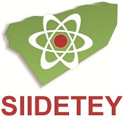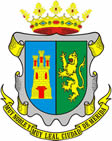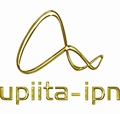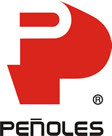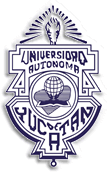Sociedad Mexicana de Ciencia y Tecnología
de Superficies y Materiales A.C.
VI International Conference on
Surfaces, Materials and Vacuum
September 23 -27, 2013 Mérida, Yucatán
Adding value to mining products through nanotechnology
Chair: Sandra E. Rodil, ser42@iim.unam.mx
Dr. Oliverio RodrÃguez, CIQA, oliverio.rodriguez@ciqa.edu.mx
Sustainability and new value-added products are important for the mining sector. Nanotechnology is opening the way to novel cost-effective, environment-friendly technological solutions with high industrial and societal impact. The above was the central idea of the European Community-Mexico call for collaborative projects published in 2010 (FP7- Nanostructure level Nanosciences, Nanotechnologies, Materials and new Production Technologies-NMP- 2010-EU-Mexico)
The purpose of this symposium is to provide an international forum where recent results concerning the use of the nanotechnology and nanoscience to add value to Mexican mining products are presented, discussed and their applications promoted.
The topics of interest are, but not exclusively:
a) The development and production of nanostructures (thin films, nanoparticles, nanotubes,nanofibres, 3D nanostructures and others) using materials from the mining industry.
b) Large scale, low cost synthesis of metallic or non-metallic nanoparticles from mining subproducts.
c) Fabrication of nanocomposites in different matrices, such as polymeric, glasses or ceramic; characterization and testing of the functionality of the nanocomposites, for example in terms of mechanical, optical, magnetic and bactericide properties of the systems.
d) Low cost efficient methods for nanoparticle dispersion, in particular, in polymeric matrices; characterization and testing of the functionality of the nanocomposites, for example in terms of gas barrier properties, UV protection or catalytic activity.
e) Nanotoxicity evaluation considering the health, safety and environmental aspects of the manufactured nanoparticles as well as the composites from life cycle perspective.
f) Evaluation of the improvements in the mechanical, optical, magnetic, electric and biomedical properties of the nanocomposites based on mining products or sub-products embedded into different matrix systems.
g) New products with improved functionalities, such as self-lubricating surfaces, reinforced and intelligent glasses, recyclable polymers, bactericide materials, high resistance – low weight materials.
h) New electronic, optical and piezoelectronic actuators/sensors based on the nanostructures obtained from the mining products or subproducts.
i) Ecologically friendly nanomaterials which could substitute well-known contaminants such as lead, mercury, halogen-based compounds, etc…
Posters and Oral presentations are welcome.




